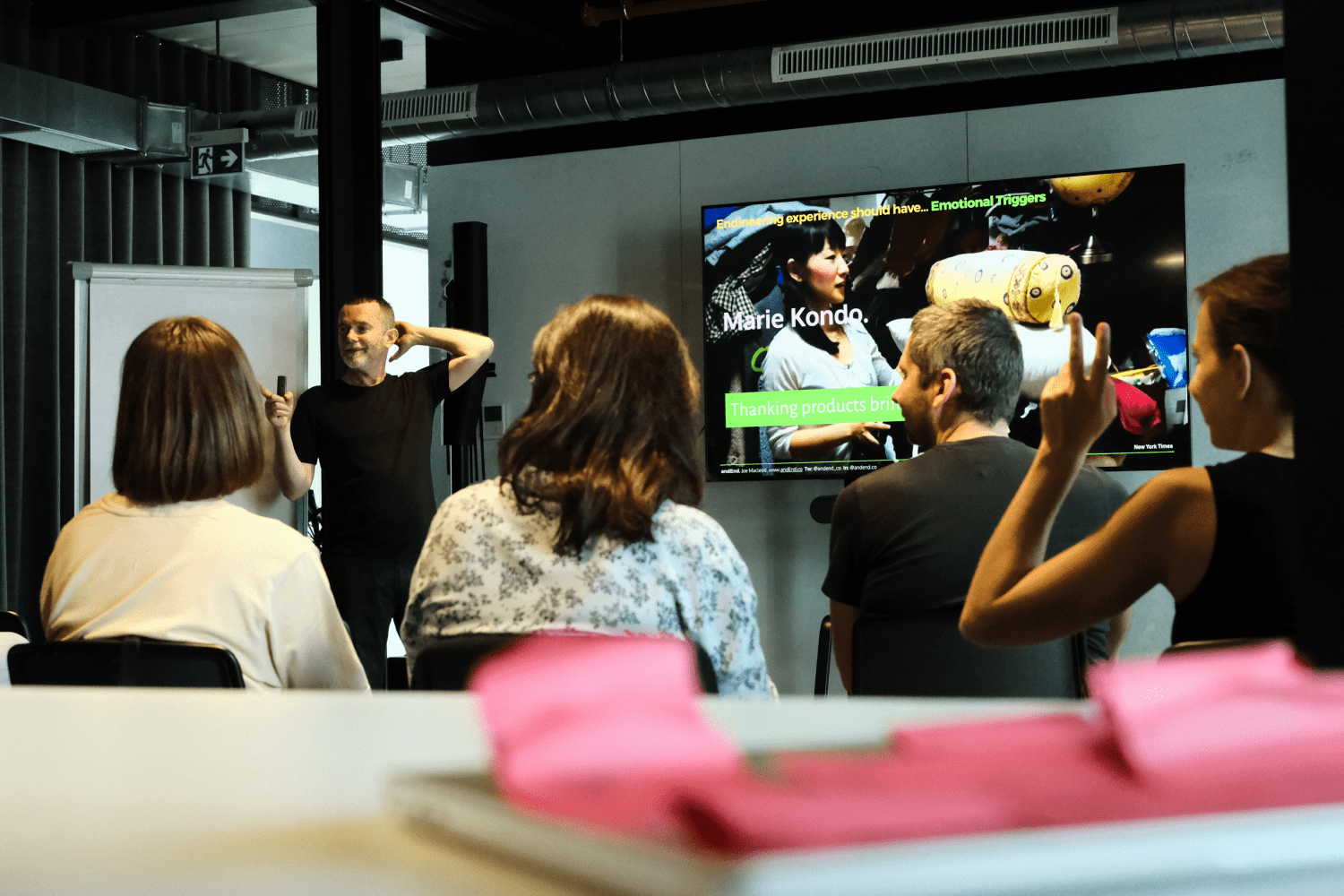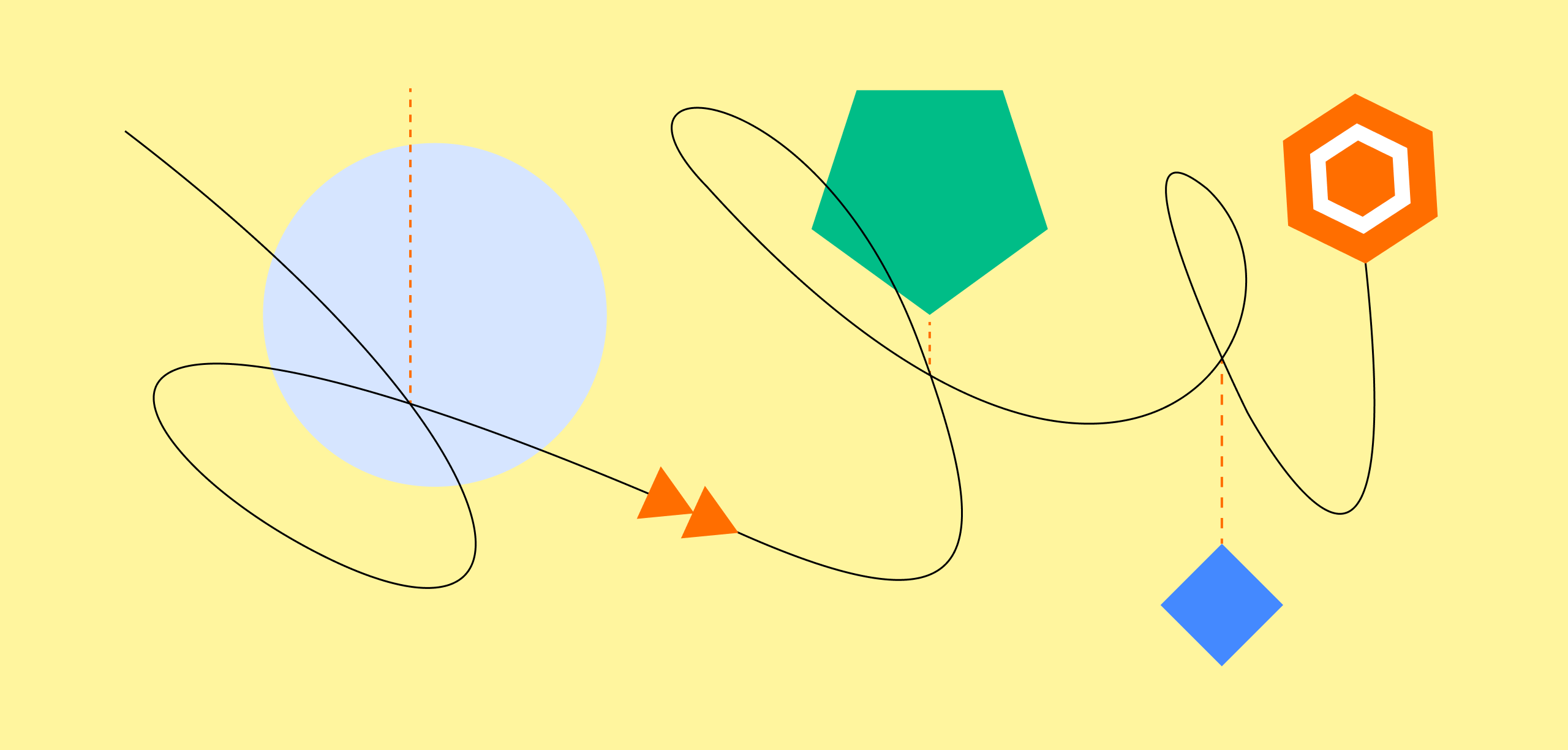Humans love telling stories. Whether it's the last chapter of a novel, the climax of a movie, or the goodnight stories from our childhood, endings bring meaning and resolution. However, in the consumer world, the thrill of the new often overshadows the final chapter.
Imagine your printer runs out of ink. You buy a new cartridge, maybe even get an email with installation instructions.The printer resets happily and works again, but now you're left with the old cartridge, unsure what to do next. It’s not as simple as tossing a banana peel.
To address these challenges, an expert in consumer lifecycle endings Joe Macleod proposes “endineering”. It promotes the integration of emotional triggers and actionable steps into the offboarding process, in order to make the end of a consumer journey as engaging and meaningful as was the beginning.
“Businesses have become experts at beginning the consumer journey but often falter at its conclusion.”
With decades of experience in product and CX leadership, among others with the Ustwo design studio, Joe’s work brought him to a realization that the design industry has a serious problem of neglecting consumer journey endings. In 2018, he founded the andEnd studio, the world’s first customer-ending business, and wrote a book called Endineering: Designing consumption lifecycles that end as well as they begin, aiming to redefine the industry standards of how we intentionally conclude consumer journeys.
Having Joe in Slovakia for the final ByDesign conference, we seized the opportunity and booked a private half-day training. Together with a dozen of our clients and partners, we explored how to rethink and redesign consumer journey endings consciously to boost customers’ engagement and satisfaction, brand perception and ecological sustainability.

From circularity to linearity
In the pre-industrial era, the lifecycle of products was naturally circular. Waste was repurposed or reintegrated into the ecosystem. Industrialization, however, shifted this circularity into a linear process. We became adept at quickly buying new items and detached from the consequences of their disposal.
We’ve mastered the art of onboarding with the latest gadgets, services, and experiences. But what happens when their appeal fades? Offboarding – the process of ending our relationship with a product or a service – often falls short, leading to environmental and emotional repercussions. Every product or service promises a better future but the end of this journey is inconvenient and detached from the rest of the experience.
4 key challenges of modern offboarding
1. The emotional disconnect
In modern consumerism, the emotional bond between the product and the consumer often breaks apart during offboarding. Where once there was excitement and engagement, there's now confusion and detachment. This disconnect is mirrored in how we dispose of products—whether it’s the old phone that ends up in a drawer or the plastic packaging tossed without a second thought.
2. Loss of identity
The specific identity of the product or service we buy vanishes at the end. When it comes to shoes, you are not buying “just” shoes. It’s the specific brand you like, a specific type with a suede dark red stripe on the sides, ideally buying them in a retail store where the staff knows you. However, when you are throwing them out, they become just another piece of trash, stripped of their individuality.
3. Anonymity of actions
As consumers, we’re seldom aware of what happens to products once they leave our hands. The actions of disposal are anonymized, leading to a lack of accountability and engagement. This anonymity contributes to this cycle where we’re excellent at acquiring new things but lack responsibility when throwing away the old ones.
4. Complexity of neutralization
The process of neutralizing waste – whether it’s recycling or disposal – is often complex and unclear. For instance, while we know an apple core will rot naturally, what about the myriad materials in an electronic device? The complexity of these products makes their disposal challenging and confusing for the average consumer.

Designing for continuity
To create a more cohesive and responsible consumer experience, we need to reintegrate emotional and practical aspects into offboarding. Create a meaning and continuation in the end. Here’s how some companies address this challenge:
- Creating emotional connections: Companies like IKEA are starting to design coherent end-to-end experiences like second-hand stores and take-back programs to make the end of the product lifecycle as thoughtful as the beginning.
- Promoting empowerment through design: Fairphone empowers users to replace parts like batteries and cameras by themselves at home, fostering a sense of ownership and continuity. By making the end phase an integral and engaging part of the product life cycle, companies can help consumers feel more connected and responsible.
- Leveraging technology and transparency: Doconomy offers a credit card that enables the cardholder to track and measure their carbon footprint, making consumers aware of the environmental costs of their purchases. This kind of transparency can drive more mindful consumption and disposal practices.
As environmental awareness increases, the way we end our relationships with products and services becomes more and more significant. Effective offboarding should be as straightforward and satisfying as onboarding, addressing customer needs and reducing frustration. Making the end of consumer journey equally engaging as its beginning not only supports mindful consumption but also fosters a sustainable and pleasant consumer journey, which directly increases customer satisfaction and loyalty.

Become an endineer yourself
Any expertise isn't built by reading one article. If you are hungry for more insights about endineering, definitely start with Joe Macleod's books Engineering or Ends for an in-depth and comprehensive outlook on this issue.
If you feel you'd appreciate assistance with ending an existing customer journey, don't hesitate to reach out to us. We will gladly share our knowledge and look for a solution to your problem as certified endineers.
Subscribe with your e-mail: www.lbstudio.sk/newsletter

